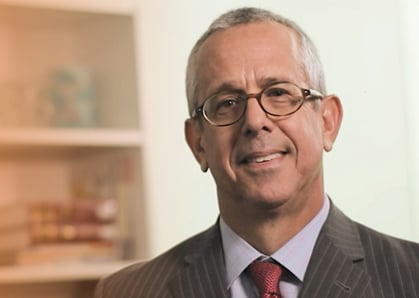We Need a Shared Vision on Developing Florida
Florida has a long history of wrestling with the competing interests of growth management, economic development and the protection of natural resources. As an attorney practicing land use and environmental law for the past 22 years, I recently read with great interest the Florida Department of Economic Opportunity’s 2012 Annual Report.
A major focus of this relatively new state agency is to meld the interests of planning and economic development in a manner in which Florida’s nationally recognized growth management efforts do not impede the business of the regulated community. While this report makes great strides in reconciling competing interests, unfortunately, by failing to bring the correct players to the table, the state once again misses its mark.
Florida’s long history with infrastructure and natural resource issues serves as a guidepost for determining the development potential of property. In fact, some of our country’s most widely recognized carrying capacity models (an analysis intended to determine the ability of an affected area to withstand the impacts of additional land development activities) derive from the Florida experience, including Amelia Island, the Alafia River Basin, and more recently, the Florida Keys Carrying Capacity Model.
Florida’s regulators have long understood the need to ensure adequate provision of infrastructure such as roads, schools and potable water, while also protecting potentially valuable natural resources.
These concerns evolved into the complex regulatory frameworks embodied in the Florida Environmental, Land & Water Management Act of 1972 and all of its progeny, including Florida’s Area of Critical State Concern Program and the concurrency requirements of Florida’s growth management laws. One of the latest incarnations of government-mandated carrying capacity was the adoption of the Central Florida Coordination Area, an effort between several of the water management districts to determine the ultimate carrying capacity for groundwater withdrawal in the Central Florida Region, effectively curtailing growth unless alternative or supplemental water supplies are developed.
The key problem with most of these programs is their lack of interaction with land owners and the development community. These programs were designed as, and remain, internal conversations between regulatory agencies and advisory groups that fail to include a critical group of stakeholders: land owners and developers.
Florida’s development community has learned to grapple with development capacity out of enlightened self-interest. Few, if any, developers would attempt to pursue a development opportunity without access to adequate potable water or where natural resource issues are insurmountable. Not only is the consideration of these elements necessary for regulatory approval, but, in today’s market, they are also necessary to make a development viable.
This is not to say developers and land owners should be unilaterally in charge of natural resource protection or infrastructure creation. We all remember the early days of Florida’s freewheeling past of swampland sales and roads to nowhere. However, the private sector deserves a meaningful place in the conversation about Florida’s future.
What many developers, local governments and state regulators have come to realize is the only way to adequately resolve the competing interests of continued orderly growth and protection of infrastructure and natural resources is a cooperative approach, where regulators, citizens’ groups, land owners and developers mutually work out the resolution of these issues.
A workable example of this type of cooperation can be found in the development of the St. John’s Heritage/Palm Bay Parkway, a connector road proposed to alleviate interstate and local traffic between Melbourne and Palm Bay in Brevard County. The county has worked hard to bring a variety of interests to the table to ensure that environmental issues, traffic issues and the protection of private property rights are all addressed with equal concern.
While this type of strategic coordination appears in several points of the DEO’s 2012 Annual Report, a coordinated approach is still amiss. We need to move beyond regulators, advocacy groups and developers operating in their own individual silos and, instead, work together toward what is surely a common goal — smart development that preserves our natural resources while advancing regional growth. The most beneficial result that could come from the DEO’s efforts would be the creation of a framework that provides opportunities for these different groups to finally work together and create one vision for Florida’s future.
Howard E. Nelson is an environmental attorney with the Florida law firm of Bilzin Sumberg Baena Price & Axelrod, LLP. Contact him at hnelson@bilzin.com
This article is reprinted with permission from the Tallahassee Democrat.
